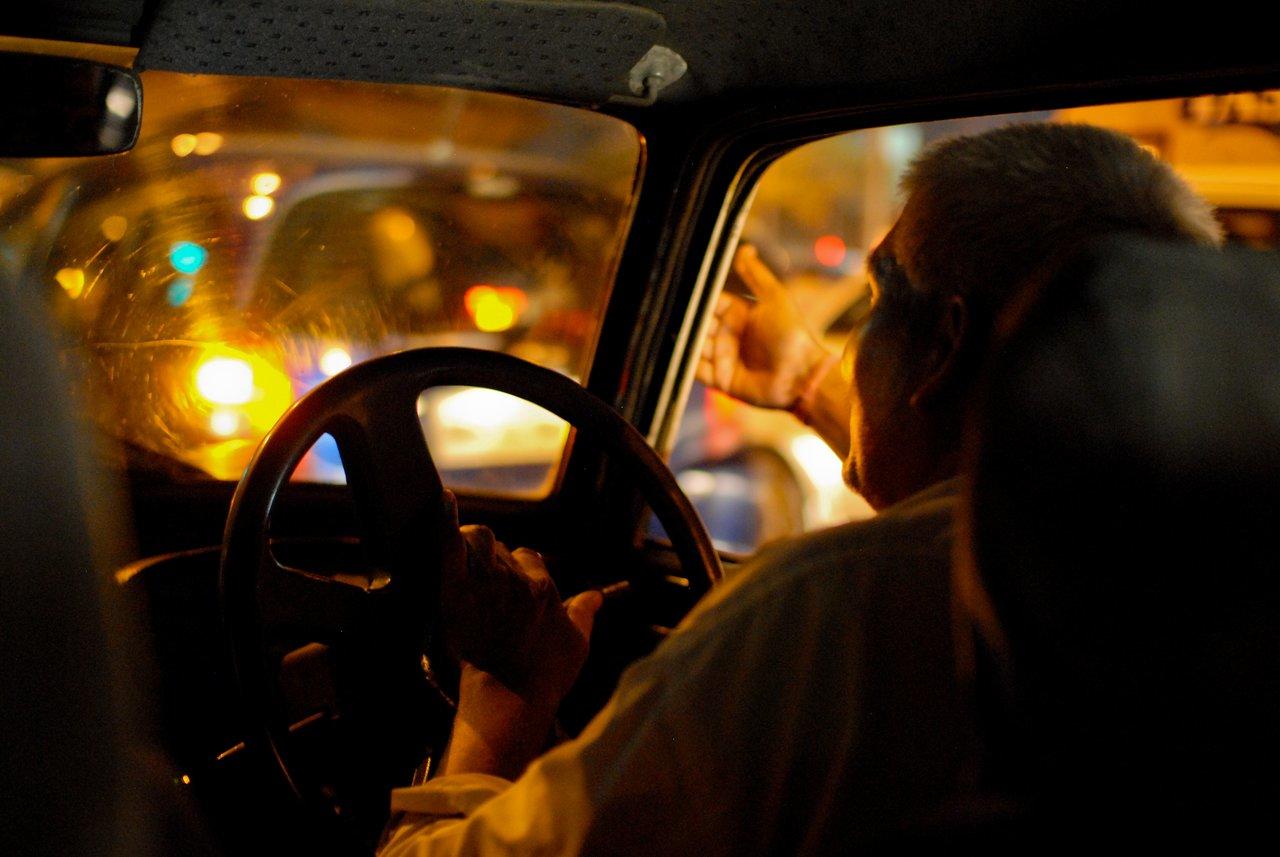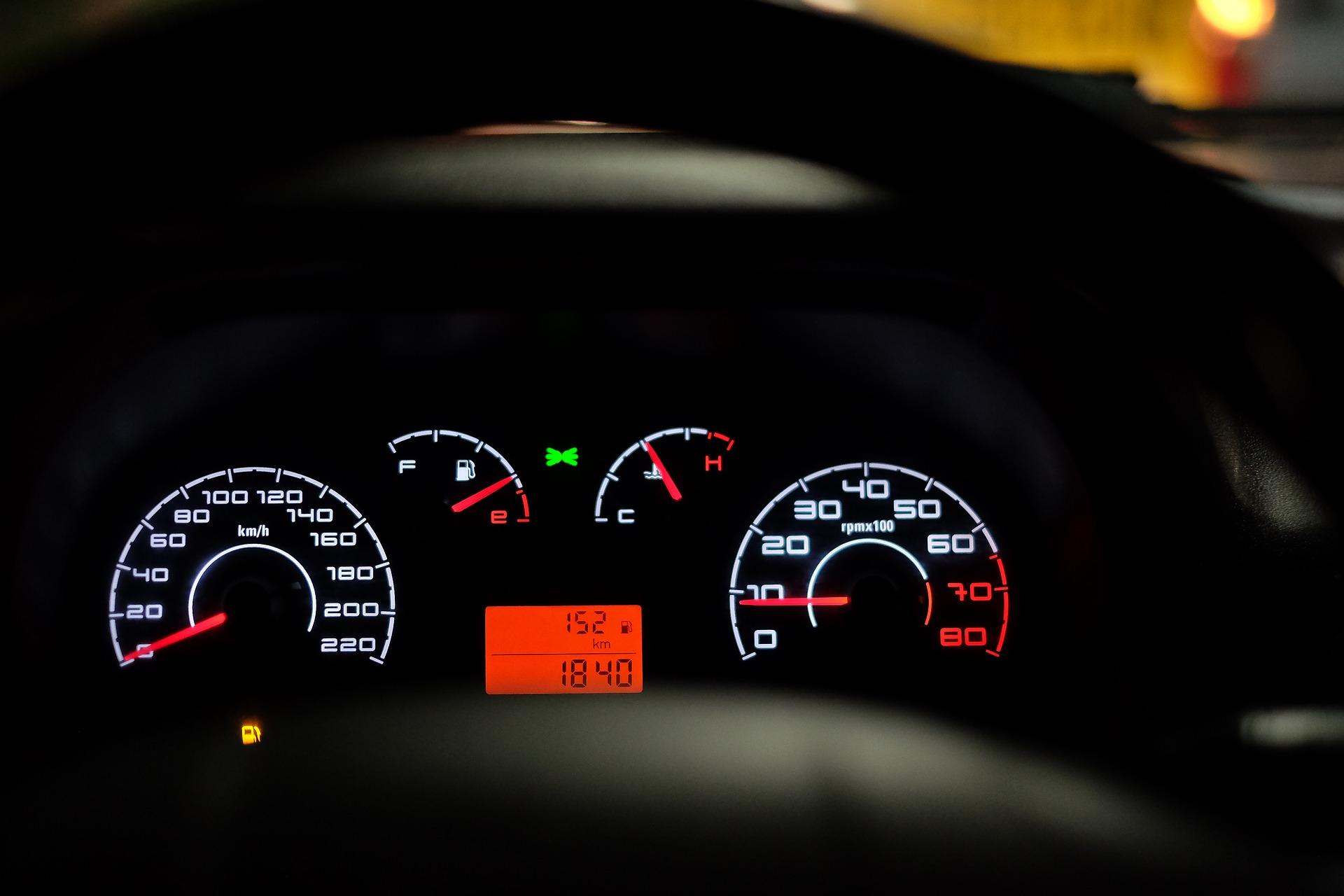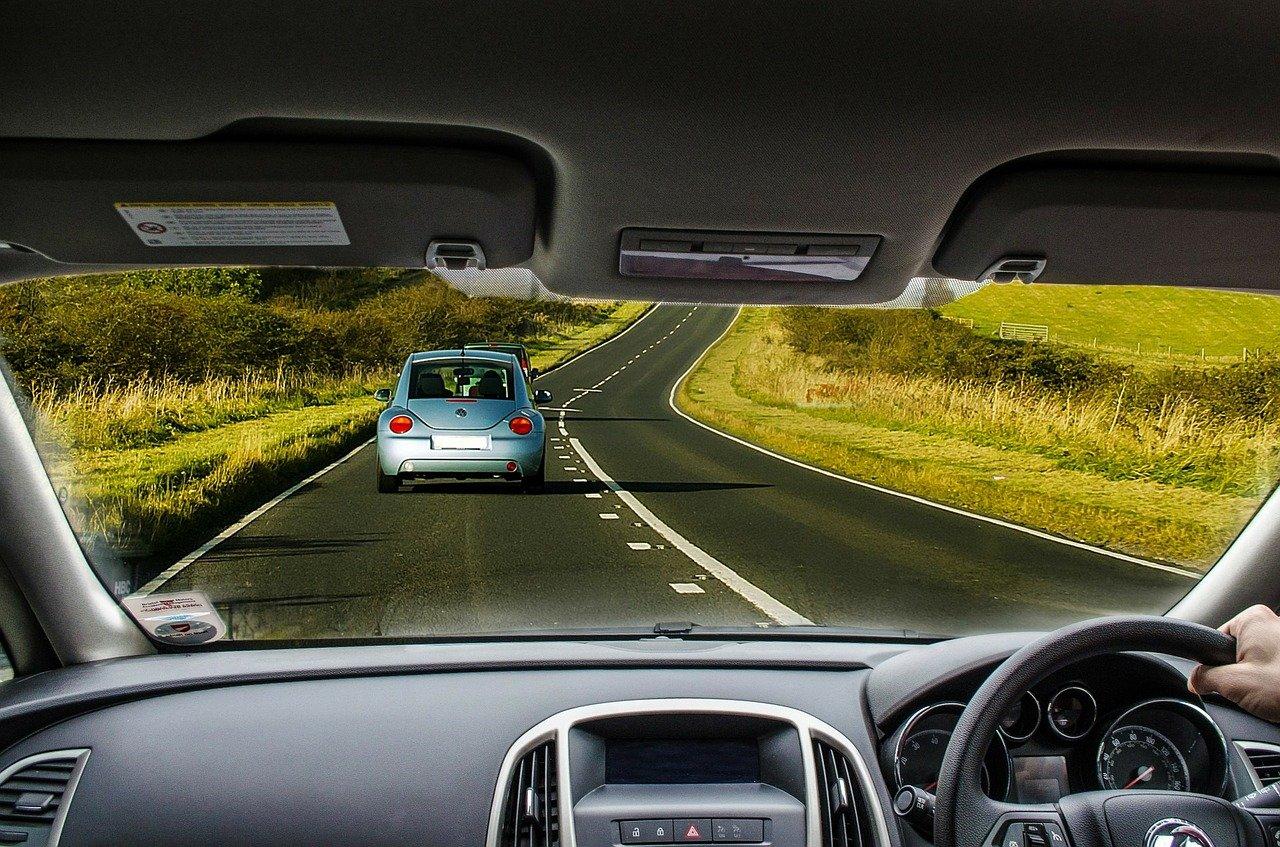Documents Required For Driving Licence In India [2024]
Documents Required For Driving Licence - Overview In India, possessing a valid driving license is a legal requirement for driving a car on public roads. However, obtaining a permanent driving license is not an immediate process. If you want to drive a car in India, you need to obtain a learner's license, which is specifically[…]
11 March 2024∙8 minutes to read




